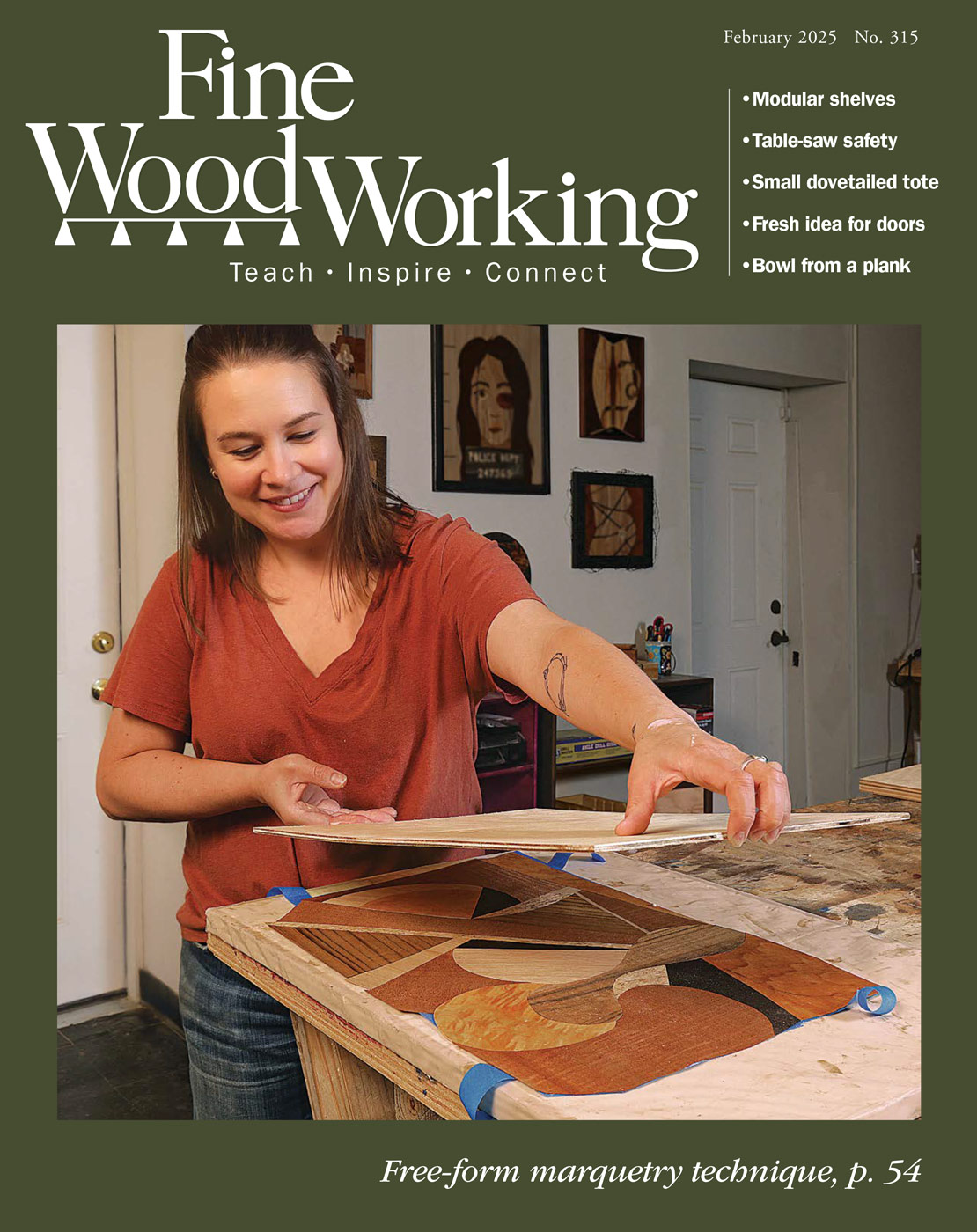Hello, I am new to the staining world but am determained to learn this. I am building a desk and want the top to be a dark cherry look. I have found some stain i like the look of it is Black Cherry Varathane Wood Stain 241411. I was thinking for using a 3/4″ thick peice of Oak plywood for this. As I said before though I am new to the staining world so I am not sure if this is the best thing to use or what I should use to get the best results. I have no problem building things but would appreciate any advice anyone can give me on this as I have not purchased anything for this project yet, thought I better do my research first. Thanks JP
Discussion Forum
Get It All!
UNLIMITED Membership is like taking a master class in woodworking for less than $10 a month.
Start Your Free TrialDiscussion Forum
Digital Plans Library
Member exclusive! – Plans for everyone – from beginners to experts – right at your fingertips.
Highlights
-
Shape Your Skills
when you sign up for our emails
This site is protected by reCAPTCHA and the Google Privacy Policy and Terms of Service apply. -
 Shop Talk Live Podcast
Shop Talk Live Podcast -
 Our favorite articles and videos
Our favorite articles and videos -
E-Learning Courses from Fine Woodworking
-
-
 Fine Woodworking New England Event
Fine Woodworking New England Event












Replies
Thanks a lot guys I think I will go another route..
Minwax and similar stains have relatively long working time before lap marks form, but longish dry time. Gel stains may similarly make lap marks more difficult, I haven't worked with them. Penetrating dyes give clearest view of wood grain and figure, but water evaporates pretty quickly so lap marks more likely. You might want to experiment with some different approaches and combinations to coloring wood and choose method most to your liking. This may influence your choice of material for desktop.
The way to avoid lap marks using powdered water soluble dye is to virtually flood it on. I use a sponge. It's also best to start from the bottom and work up so any drips or runs are on on already wet wood so wiping them off is simple. Also with the dye, if you do get a lap mark should you apply wet dye on an already dried surface, you can simply rewet the surface with the dye to lift any excess. By really wetting the surface you let each area get full penetration so that the concentration of the dye mix is the determinate of the shade, not how careful you were applying the product.
Some help
Some types of wood, like the cherry mentioned earlier, take finish easier and will go darker. A cheaper alternative would be alder. Oak can be difficult to take stain and get dark. Essentially there are two types of stain: dye stains and pigment stains. Dye stains like analine dyes are very powerful stains but can be hard to get consistent. I've had best results spraying them on and use premixed dyes like Gemini and ML Campbell brands. Pigment stains are colored particulates suspended in a medium that is usually some kind of oil base. They have longer dry times and offer more control, but have less potency to stain wood. For light colors, pigment stains, like the one you mentioned above, are usually sufficient. I almost never use a dye stain be itself as I find the colors to be somewhat flat, without depth. When I have to go dark I usually spray on a dye stain to pre-stain the wood, let it dry for a minute (it dries fast if its alcohol base) and then apply my oil base stain and let it try according to manufacturer's recommendations. A combination of the two will get you the deep rich color you are looking for and impart a sense of depth to the finish.
This forum post is now archived. Commenting has been disabled